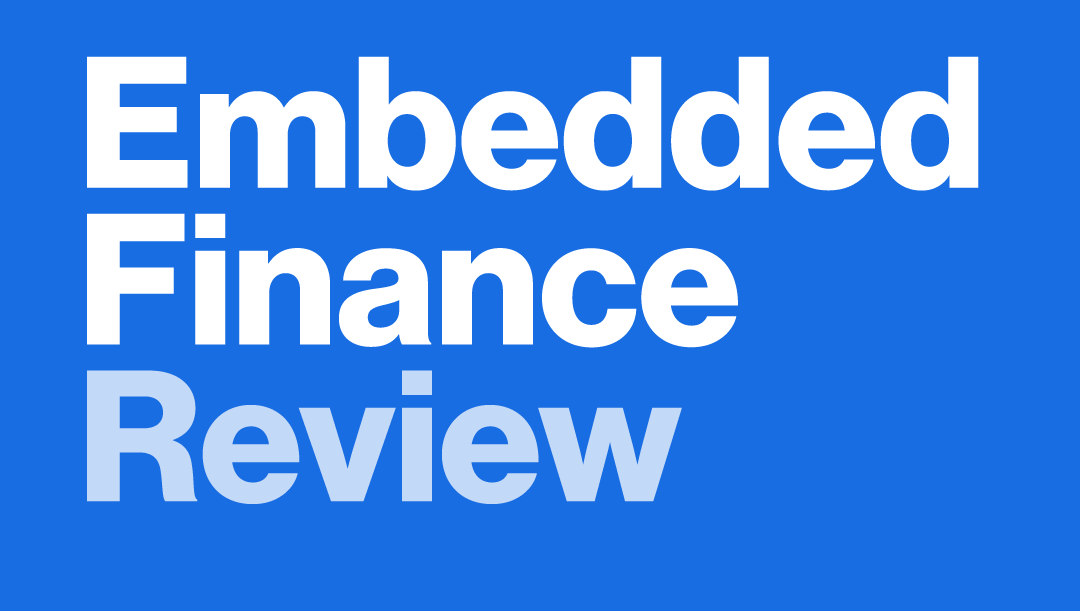Marcel Mansfeld, co-founder and CPO of ToolTime, joins the Embedded Finance Review podcast to share how his company transformed from a digital workflow solution for German craftspeople into a comprehensive embedded finance platform. After raising €55 million and serving over 20,000 customers, ToolTime launched ToolTime Pay to address payment friction in the traditionally cash-heavy craft industry. This in-depth conversation reveals the strategic decisions, technical challenges, and customer insights that guided their embedded finance journey from concept to successful implementation.
Building Embedded Finance Products for Vertical SaaS Companies
Start with product maturity first - ToolTime waited until they had established core ERP functionality before adding financial services, ensuring their primary value proposition was solid
Customer base size matters - With 20,000+ customers, ToolTime had sufficient scale to make embedded finance viable since most sales happen within existing customer base rather than new acquisition
Resource commitment is significant - Embedded finance requires dedicated product teams, ongoing customer service, and long-term maintenance that diverts resources from core product development
Regulatory considerations - Adding financial products means navigating compliance requirements and following specific rules for digital payment processes
Payment Methods and User Experience in B2B Embedded Finance
Bank transfers dominate European B2B - Despite offering card payments, bank transfers represent 98-99% of payment volume, with cards only capturing 1-2% of transactions
Mobile-first payment experiences - Integration with email invoices and one-click payment buttons improves collection speed and reduces friction for busy tradespeople
Industry-specific payment behaviors - Higher transaction amounts in craft industry (renovations, installations) make card payments less suitable compared to traditional bank transfers
User experience trumps technology - ToolTime prioritized seamless workflows over technical solutions like open banking APIs that create authentication friction
Open Banking vs Embedded Banking: Strategic Technology Decisions
Authentication challenges with open banking - PSD2 requirements create user experience friction that doesn't align with less tech-savvy customer segments
Integration limitations - Open banking APIs don't provide the same level of balance integration and project efficiency tracking that embedded accounts enable
Customer trust factors - Traditional craftspeople prefer familiar banking relationships and are hesitant to adopt new authentication methods or bank switching
Technical flexibility advantages - Embedded banking platforms like Paymi offer more customization options for building industry-specific financial workflows
Revenue Models and Monetization Strategies for Embedded Finance
Transaction-based pricing structure - ToolTime charges 1% on bank transfers (capped at €10) and percentage fees on card payments for transparent cost structure
Value beyond payment processing - Primary monetization comes from automated invoice reconciliation, payment tracking, and dunning processes rather than pure transaction fees
Peace of mind positioning - Customers pay for complete workflow automation that eliminates manual payment tracking and reduces time spent chasing receivables
Revenue diversification benefits - Embedded finance provides additional revenue streams beyond core SaaS subscriptions while strengthening customer retention
Customer Success Factors in Embedded Finance Implementation
Customer-driven product development - ToolTime's 50,000+ customer insights database guided feature prioritization and payment method selection
Industry-specific pain points - Addressing cash flow challenges where unpaid invoices can threaten small business operations creates strong customer value proposition
Integrated workflow benefits - Seamless connection between project documentation, invoicing, payment, and financial reporting reduces administrative overhead
Gradual feature rollout - Starting with basic payment processing and expanding to automated reconciliation and dunning allowed for iterative improvement based on user feedback
Future of Embedded Finance in Vertical Software Markets
Expansion beyond payments - ToolTime plans additional financial services including business accounts for supplier payments and potential lending products for project financing
Generational shifts driving adoption - Younger craftspeople more open to embedded financial solutions compared to traditional banking relationships
Market consolidation trends - Vertical SaaS companies increasingly need embedded finance to remain competitive as customer expectations evolve
Long-term strategic advantage - Deeply integrated financial services create switching costs and differentiation that pure software solutions cannot match




